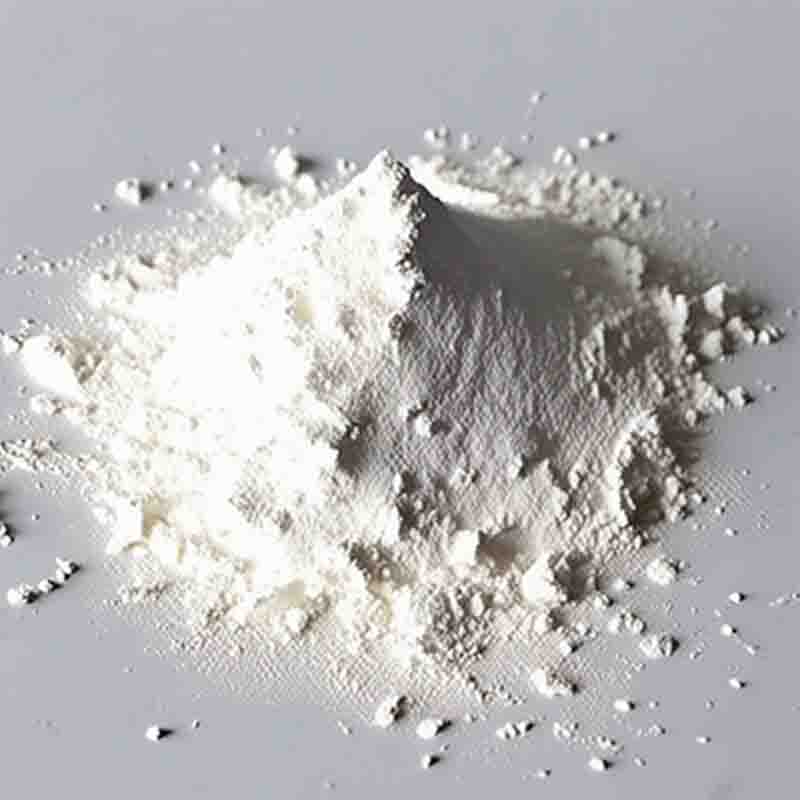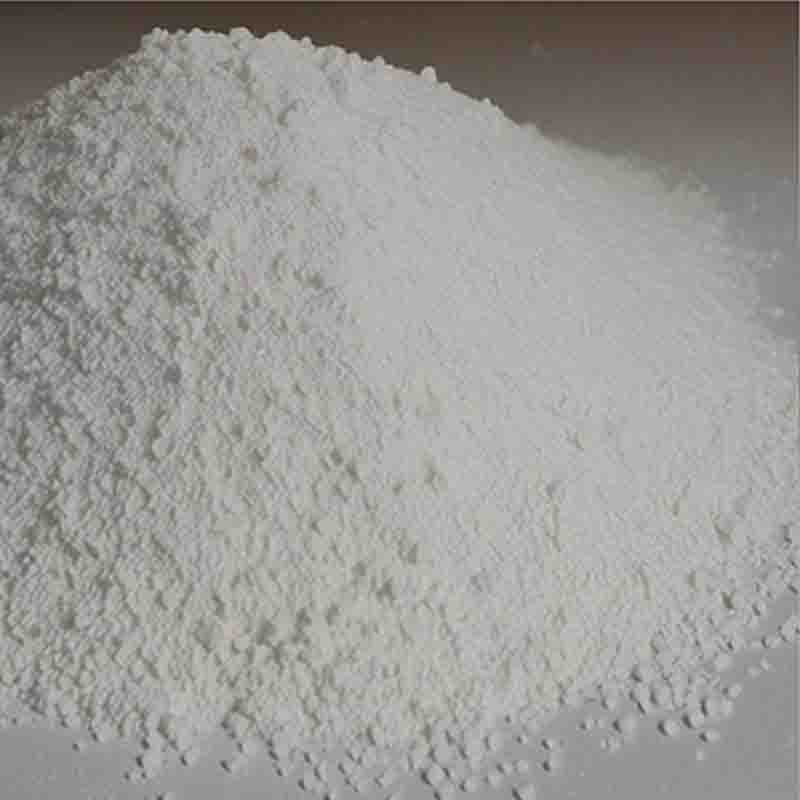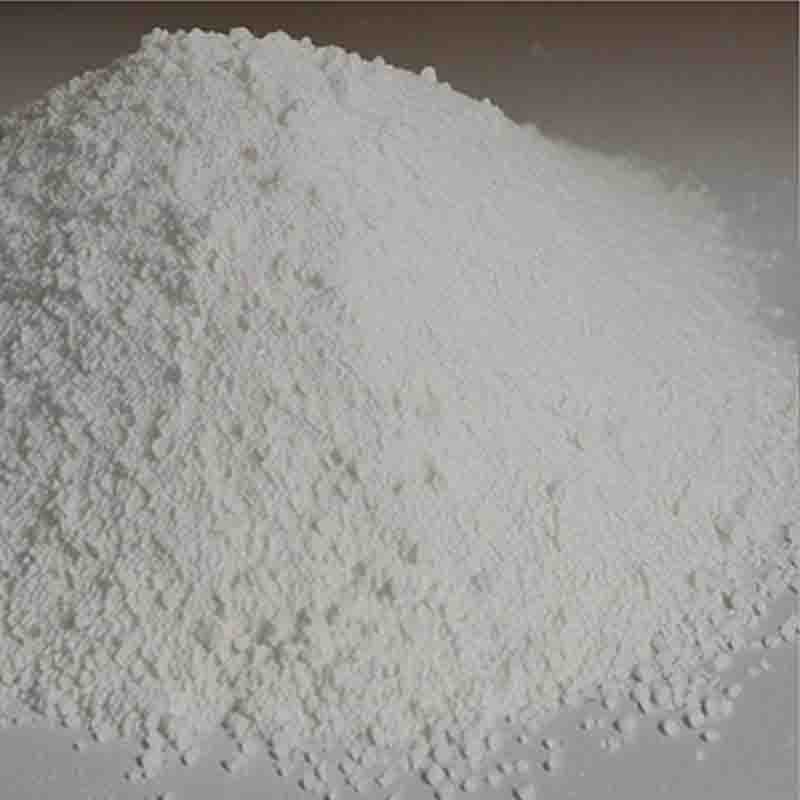Palladium pivalate CAS: 106224-36-6
| Catalog Number | XD94430 |
| Product Name | Palladium pivalate |
| CAS | 106224-36-6 |
| Molecular Formula | Pd[O2C(CH3)3]2 |
| Molecular Weight | 309 |
| Storage Details | Ambient |
Product Specification
| Appearance | White powder |
| Assay | 99% min |
Palladium pivalate, also known as Pd(O2C(tBu)2), is an important organometallic compound that finds applications as a catalyst in various organic transformations. It is composed of a palladium atom coordinated to two pivalate ligands, with the pivalate ligands providing stability and enhancing the reactivity of the catalyst.One of the primary uses of palladium pivalate is in the activation and functionalization of carbon-hydrogen (C-H) bonds. It serves as a catalyst in C-H activation reactions, where it facilitates the conversion of relatively inert C-H bonds into more reactive C-C or C-X bonds. This enables the selective introduction of functional groups into organic molecules without the need for pre-functionalized starting materials. Palladium pivalate has been widely employed in C-H arylation reactions, allowing the direct coupling of arenes with C-H bonds to form biaryl compounds.Another significant application of palladium pivalate is in carbon-carbon (C-C) bond-forming reactions, particularly in cross-coupling reactions. It serves as a catalyst in reactions like the Suzuki-Miyaura, Heck, and Negishi couplings, enabling the synthesis of diverse organic compounds. In these reactions, palladium pivalate coordinates with both the substrate and the coupling partner, facilitating the coupling between them and forming a new C-C bond. This versatility has made cross-coupling reactions valuable tools in synthetic chemistry for the construction of complex organic molecules.Palladium pivalate also finds application in the synthesis of heterocyclic compounds. It can catalyze the cyclization of acetylenic compounds or alkynes with nucleophiles, leading to the formation of various heterocycles, such as furans, pyrroles, and thiophenes. These heterocyclic motifs are commonly found in natural products and pharmaceutically active compounds, making palladium pivalate an essential catalyst in medicinal chemistry and drug discovery.Furthermore, palladium pivalate is involved in various other catalytic reactions, including oxidative coupling reactions, carbon-halogen bond formation, and carbonylation reactions. Its broad synthetic utility and mild reaction conditions make it a valuable tool for chemists in academia and industry.It is important to note that palladium pivalate, like other palladium catalysts, is sensitive to air and moisture. Therefore, it is typically handled under inert atmosphere and stored in a dry and oxygen-free environment to maintain its reactivity.In summary, palladium pivalate is a versatile catalyst that finds applications in C-H activation, C-C cross-coupling, and heterocycle synthesis. Its ability to promote various carbon-carbon and carbon-heteroatom bond formations makes it an invaluable tool in synthetic organic chemistry, medicinal chemistry, and drug discovery. The unique properties of palladium pivalate enable selective and efficient transformations, contributing to the synthesis of complex molecular architectures and pharmaceutical compounds.









